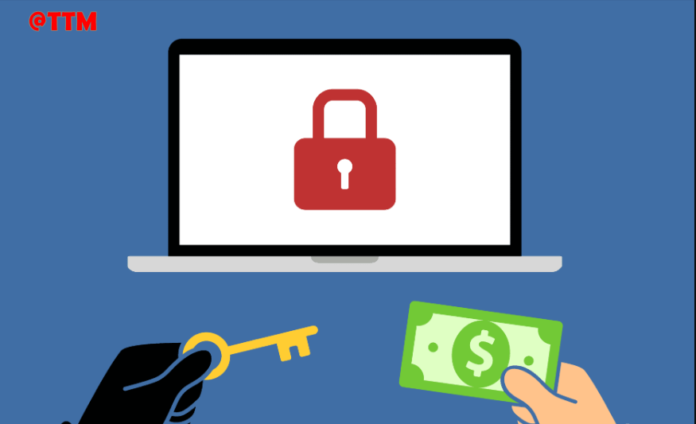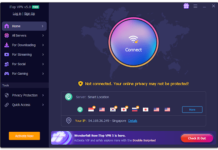Don’t be surprised when we tell you that ransomware attacks are one of the easiest ways to earn quick bucks. What’s interesting is that these attackers don’t need executive-level programming skills but rather use codes that professional hackers float around. It might be difficult to identify the ransomware attacker, but some measures can altogether prevent the malware attack from taking place.
What is Ransomware?
You and your device are threatened by Ransomware, but what makes this sort of software so particular? The name “ransom” informs you all about this bug that you must know about. Ransomware is malware for extortion that can lock the computer and need the release of it.
In most circumstances, the following is a ransomware infection. The malware gets to the gadget first. The whole system or individual files are encrypted depending on the type of Ransomware. A rescue from the victim is then requested. You should rely on high-quality ransomware security software if you want to limit the chance of a ransomware assault.
Research statistics have demonstrated, ransomware prevention must be a priority because
- The average incident time is 19 days.
- The average ransomware payment is $233,817.
- Approximately 8% of data is never retrieved, and we don’t know how crucial it will be for the business.
Also Read: How to Protect Your Company With a Cybersecurity Service
How to Avoid Ransomware?
Companies can enhance staff awareness and understanding of how Ransomware works in order to prevent it. When employees realise the true scope of Ransomware, they become invested in keeping their organisation (and themselves) vigilant against intrusions. With these eight keys to cybersecurity awareness, you can keep Ransomware from harming your firm and its employees:
1.Concentrate on your people. Your staff are your first and most important line of defence against Ransomware. To empower employees to keep the engagement going on, use gamification techniques, initiate microlearning, and amplify real-time situations ransomware simulation tools.
2. Educate your workers. In order to increase awareness in your employees about when to open attachments from unknown senders, use scenario-based training. To keep your staff engaged, make sure you teach in a pleasant and varied manner. Gamification, microlearning, simulations, animated movies, and interactive online training are all effective methods for accomplishing this.
3. Create cybersecurity superheroes. Create a culture that promotes behaviour changes that result in internal cybersecurity heroes who are motivated to keep your organisation safe and secure.
4. Make behavioural change a top priority. Create a business culture that promotes cybersecurity awareness, learning, conversation, and transparency, allowing employees to take their time and carefully evaluate emails, attachments, and adverts.
5. Provide security awareness training. Make it simple for staff to attend cybersecurity awareness training. Provide employees with training that corresponds to how and when they learn.
6. Maintain communication that is consistent. Training on topics like Ransomware isn’t a one-time initiative. Firms should engage employees in continued communication and campaigns about Ransomware, hazards and cybersecurity because attacks could occur through emails, text messages, and attachments.
7. Set up your anti-spam filters to detect harmful file types. While cybercriminals can begin some ransomware assaults using something as simple as a Word document, the majority of them use less prevalent executable file types. By setting up extensions like.exe,.vbs, and .scr, to spam filters, you can be extra cautious and help prevent ransomware assaults.
8. Use the Show File Extensions option. A growing number of ransomware assaults hide the dangerous code in a file such as Table.xlsx.exe. Turning on the Show File Extensions feature in Windows totally eliminates these assaults.
9. Make use of the Principle of Least Privilege. Making sure that all of your users only have the access they need to complete their jobs can help to reduce the harm that a ransomware assault might cause.
10. Last but not the least-Keep an eye on your network. Ransomware assaults are serious, but if you identify them early enough, you won’t be utterly powerless against them. A powerful monitoring tool, combined with adequate network segmentation, can allow you to thwart an assault in its tracks. For example, weak access points, such as IoT devices, should be kept on a different segment that cannot access your business-critical data.
Also Read: How to Start Your Career in Cyber Security











